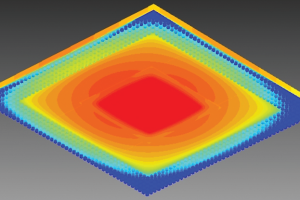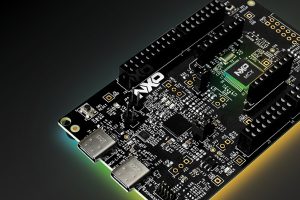But the whole direction of scaling is to create more wires, thinner wires and wires which are closer together.
The answer according to Arteris is topology. Arteris’ Kurt Shuler says: “The founders are networking guys and they thought it would be useful to apply networking concepts to chip design.”
By visualising a bird’s-eye view of the topology the Arteris IP automatically generates a structure which optimises timing and routing.
Arteris claims the benefits of its system are:
- Save one-to-three months of iterations with automatic pipeline insertion
- Save 10%-15% of interconnect area vs. having to overdesign with excessive number of pipelines
- Save two-to-four critical latency cycles by matching timing goals to implementation of each NoC IP version vs. overdesign
- Provide a better starting point for layout process to cut place-and-route cycles and improve layout productivity.
TI, Samsung, Altera and HiSilicon all use the Arteris FlexNOC system.
 Electronics Weekly Electronics Design & Components Tech News
Electronics Weekly Electronics Design & Components Tech News




